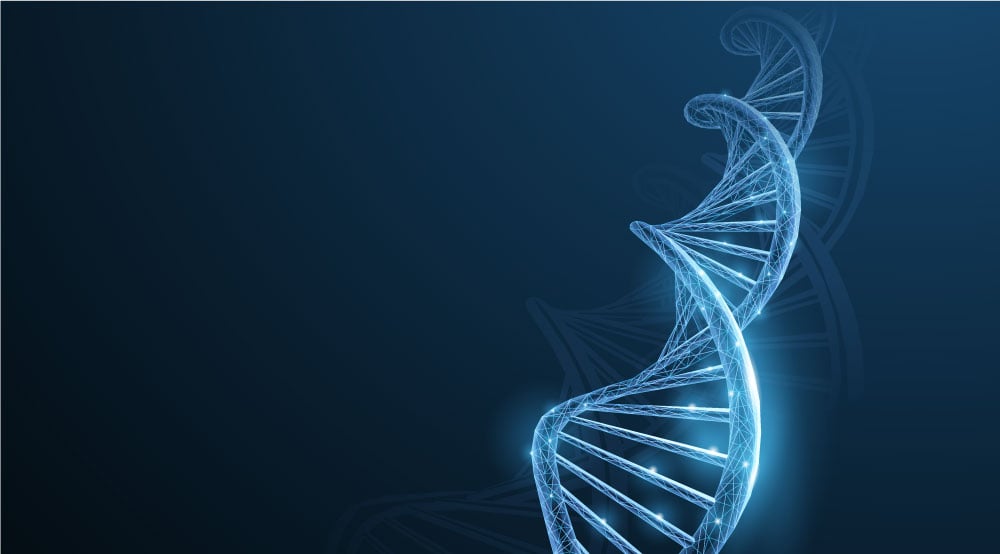
Archiving digital data in DNA is an innovative technique researchers are working on to have low-cost and efficient alternatives in the future. The DNA-FAIRYLIGHTS project – financed by the European Union – aims to combine this method with nanomaterials science, by highlighting DNA sequences with colored nano-lights. Such a technique will enable faster data reading and writing processes, as well as new approaches to coding.
Roman Krahne and Denis Garoli – Principal Investigator and Senior Researcher of the Italian Institute of Technology’s optoelectronics group – are coordinating the project, which involves an interdisciplinary team of researchers from Italy, Spain, Germany, France, Switzerland, and the United Kingdom. DNA-FAIRYLIGHTS is being supported within the EU Horizon 2020 funding scheme, and will receive €3,1 million over the next 3 years, the Italian Institute of Technology wrote in a press release.
Need for more sustainable solutions
Today’s society generates a vast quantity of data, which is accelerating day by day. Digital data are being archived as bits, in a one and zero binary series. Each individual generates billions of these bits that need to be stored in smartphones, smartwatches, laptops or tablets. In an effort to promote a more sustainable society, new energy-efficient and compact technologies for storing data are needed. DNA is an inspiration for scientists: it codes information into unique sequences that is derived from four bases – adenine, cytosine, guanine, thymine.
Using DNA molecules as information vectors inside modern technologies allows an unprecedented memorization capacity, long-term stability and low production costs. However, there are a few obstacles to be faced along the way. Reading DNA sequences is a slow process at present, rapid reconfiguration for writing/reading processes does not exist yet, and creating the desired DNA sequence from scratch via enzymatic synthesis comes at a high cost.
Using the color spectrum
The DNA-FAIRYLIGHTS project intends to overcome these kinds of hurdles, bringing innovation in data storage to an even higher level, extending the idea of binary coding to the color spectrum, where more colors – embedded in a DNA sequence – can code information in a more efficient way.
Coloring DNA strands with nanoparticles of different pigments underpins the idea behind the whole research. This enables optical technologies to read the information sequence faster than electrical ones while using less energy – since they dispel less heat. The researchers will take advantage of the unique ability of recognizing single DNA filaments ‘through colors’ both to define the sequence to code data and to reset it, i.e., data editing and rewriting.
The project aims to develop new nanomaterials for optic coding, new algorithms for data memorization beyond the binary level of zero/one, innovative reading devices, and resources for the companies of the future.
DNA-FAIRYLIGHTS’ consortium members are: the Italian Institute of Technology, Genoa, as coordinator, CIC biomaGUNE (Spain), DNASCRIPT (France), University of Cambridge (United Kingdom), Elements (Italy), Eidgenössische University of Applied Sciences in Zurich (Switzerland), Technical University of Munich (Germany), University of Stuttgart (Germany), AB ANALITICA (Italy).
Also interesting: Virus trap made from DNA material could render coronaviruses harmless
Selected for you!
Innovation Origins is the European platform for innovation news. In addition to the many reports from our own editors in 15 European countries, we select the most important press releases from reliable sources. This way you can stay up to date on what is happening in the world of innovation. Are you or do you know an organization that should not be missing from our list of selected sources? Then report to our editorial team.



